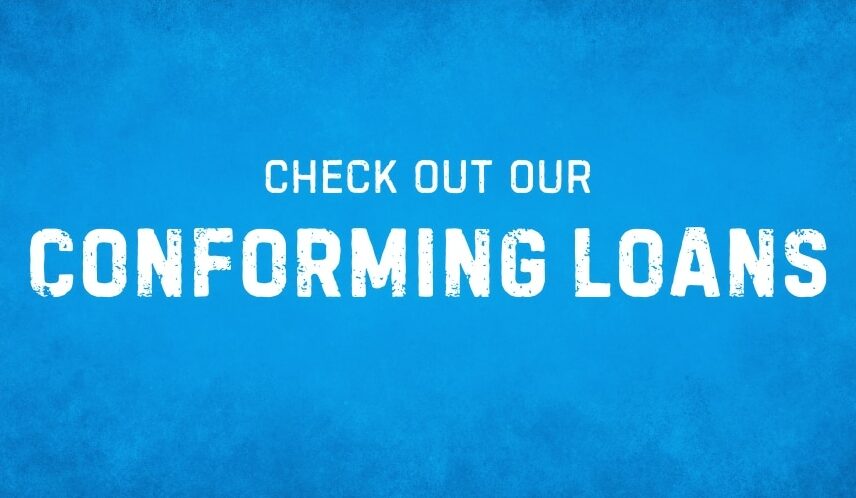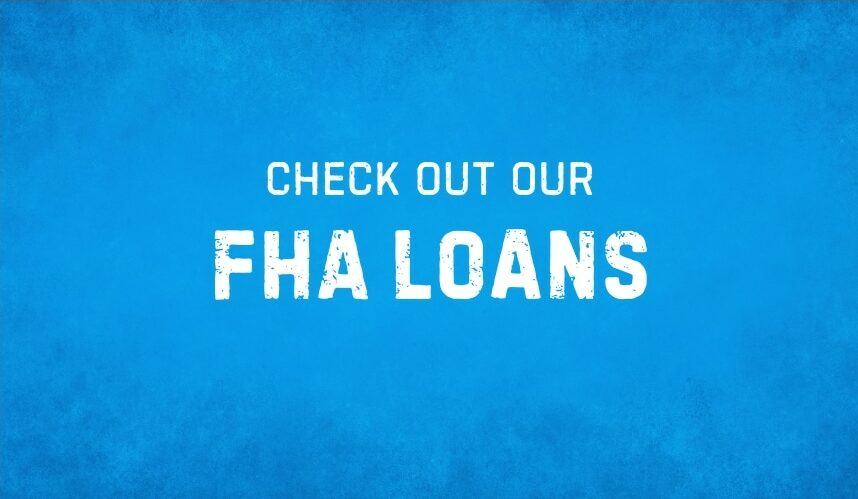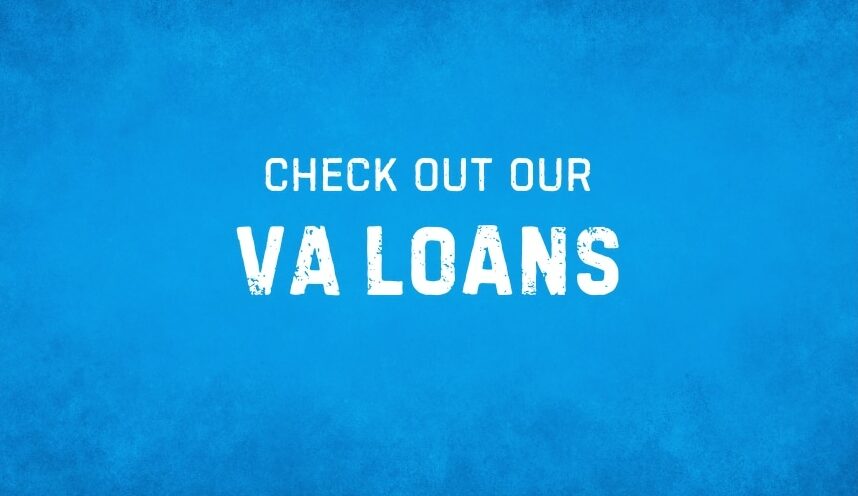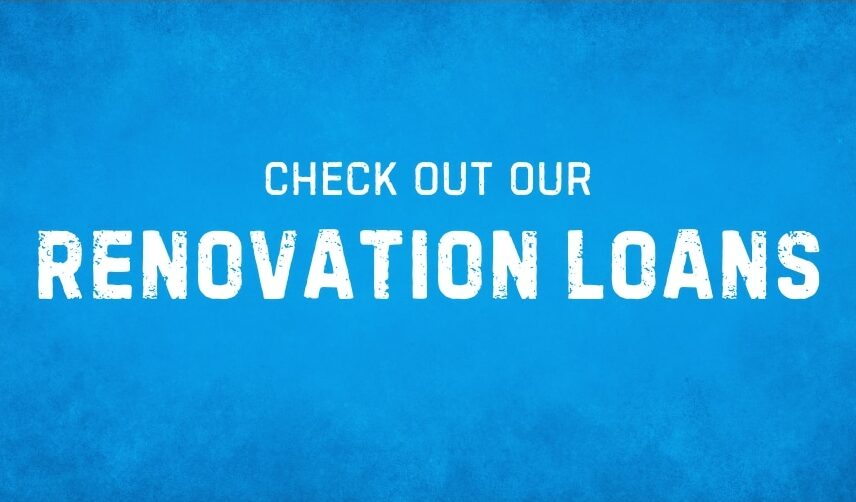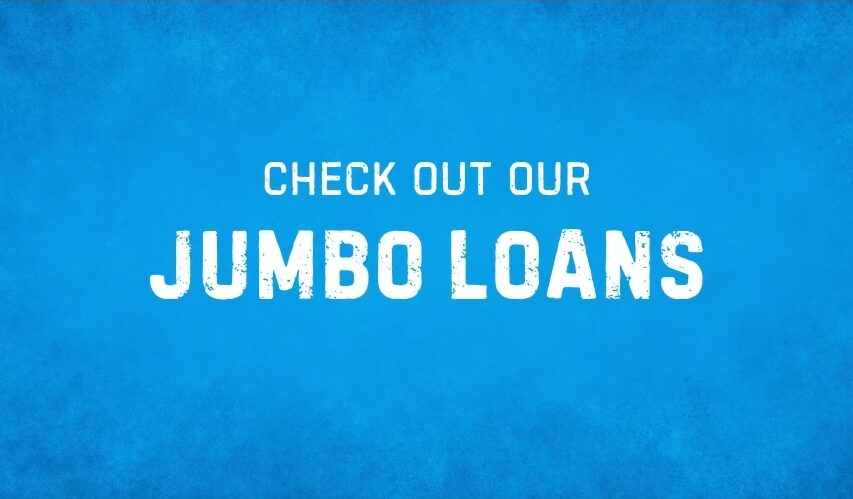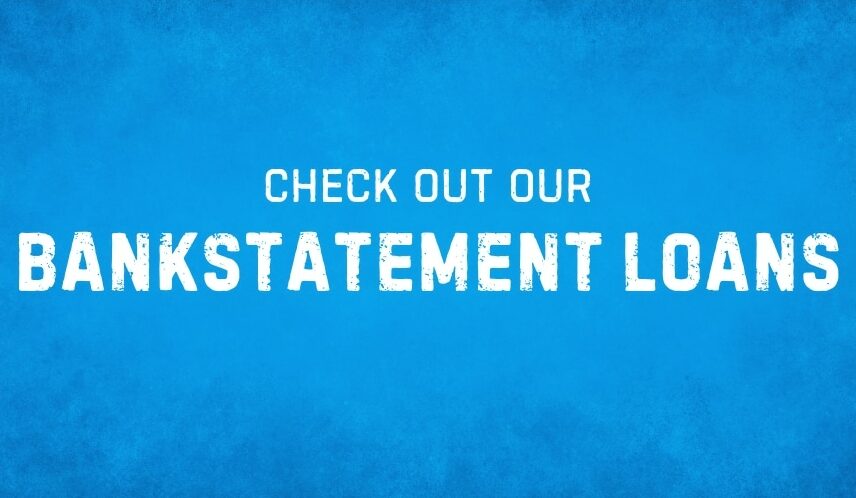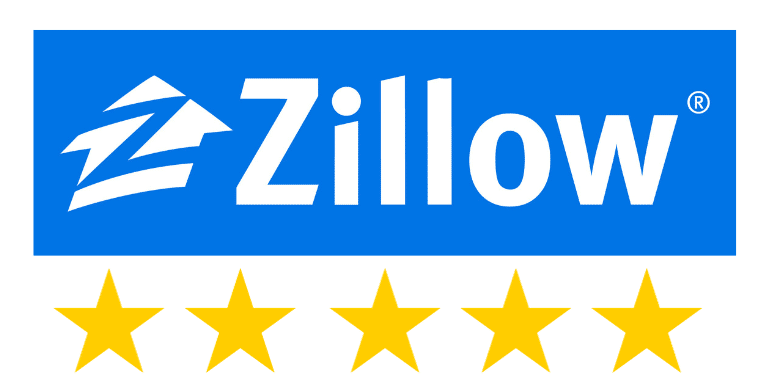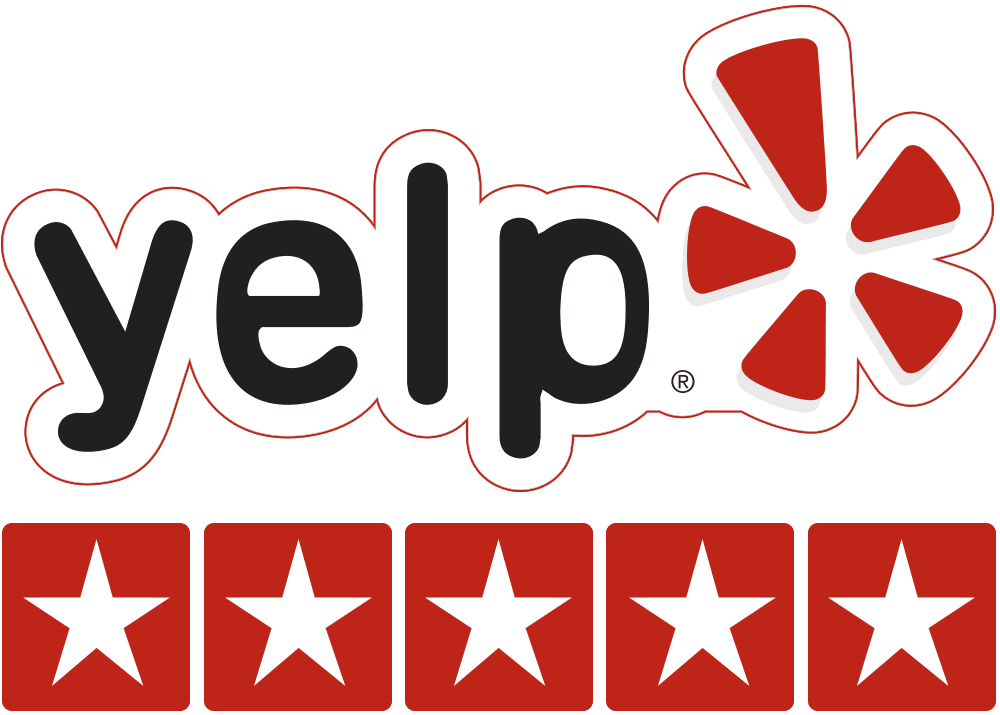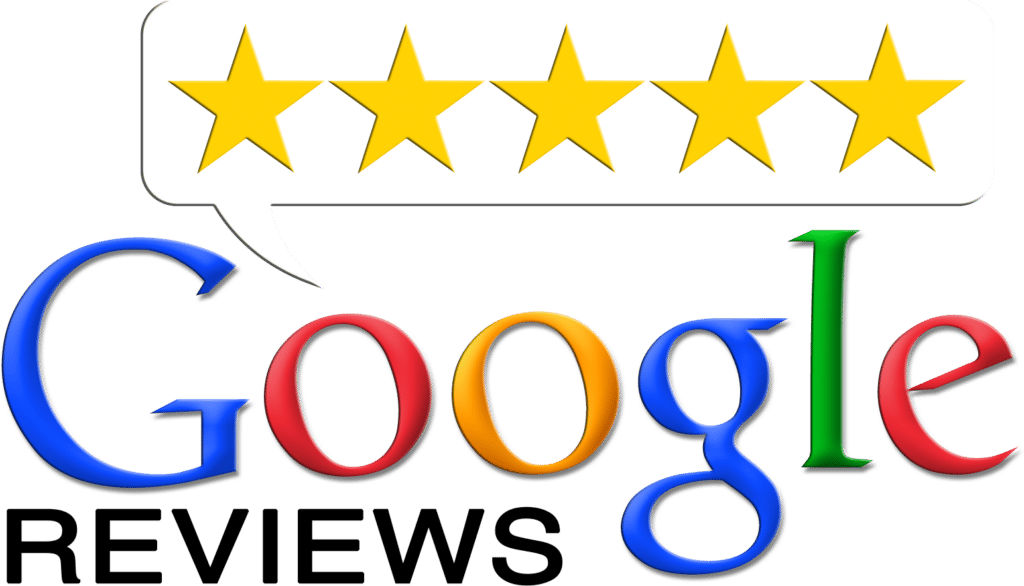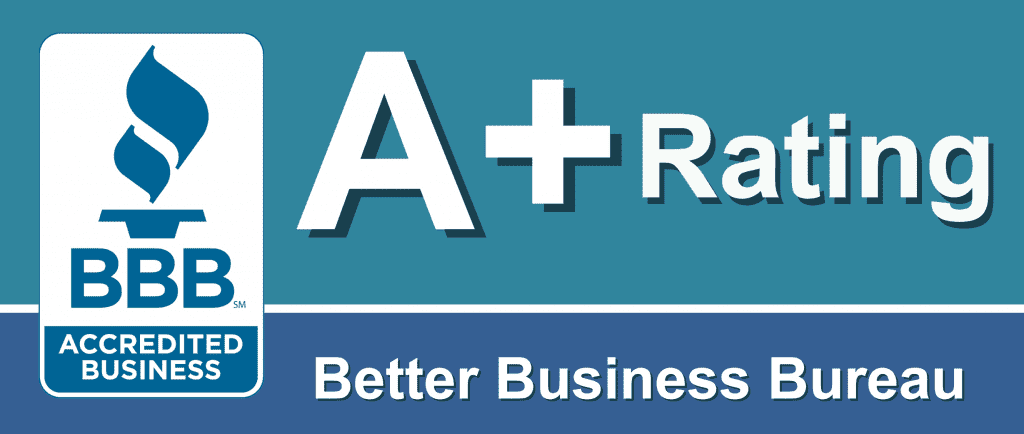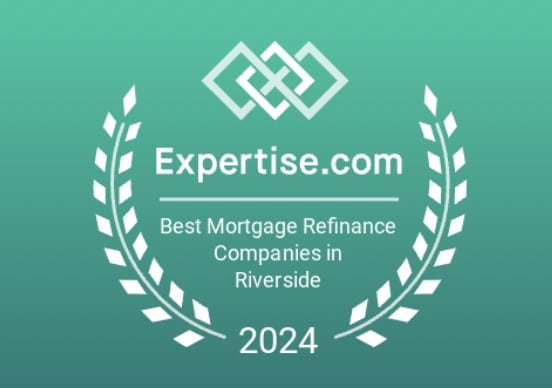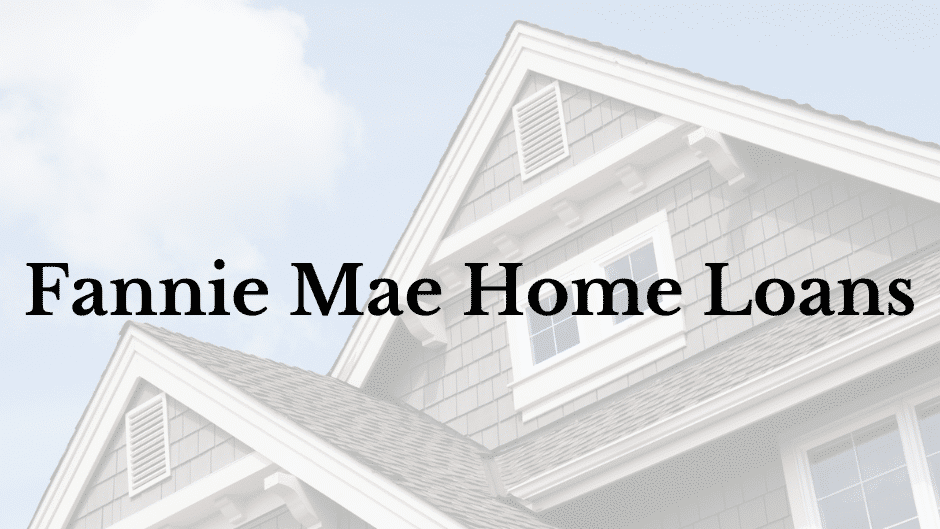
The Benefits Of A Fannie Mae Home Loan
Key Topics In This Article: What Is Fannie Mae? | Benefits | Requirements | Loan Programs | Historical-Timeline | FAQs
Do you own a home, or are you planning on buying one? If so, chances are you’ve heard about Fannie Mae home loans. Fannie Mae is one of the most prominent players in the home loan marketplace. In 2022, Fannie Mae provided $684 billion in marketplace liquidity, which financed approximately 2.6 million home loans1.
Nearly all banks, lenders, and mortgage brokers offer Fannie Mae home loans. Purchasing a home or refinancing a mortgage, Fannie Mae home loans are an option you should consider when deciding which home loan is right for you.
Do You have a question or need a quote?
Contact KevinLow rates, fast closings, and exceptional service.
What is Fannie Mae?
Fannie Mae is a government-sponsored enterprise (GSE) created by the United States Congress in 1938 to provide liquidity, stability, and affordability to the U.S. housing market after the Great Depression.
Fannie Mae, also known as the Federal National Mortgage Association (FNMA), was initially a government agency, and in 1968 it was privatized. Fannie Mae does not originate mortgage loans. They purchase mortgages from lenders, which allows those lenders to provide additional funding for new mortgages2.
Why Was Fannie Mae Created?
The primary reason the United States government created Fannie Mae was to help stimulate the U.S. housing market by increasing the availability of mortgage financing for home buyers.
During the Great Depression of the 1920s, the United States housing market completely collapsed, and many people could not obtain financing for a home purchase. Fannie Mae helped address this problem by purchasing mortgages from banks, providing them with the capital they needed to lend more money to people who wanted to buy a home.
Fannie Mae home loan benefits
Here are the Fannie Mae home loan benefits.
- Low mortgage rates
- Minimal down payment required
- Flexible underwriting guidelines
- Many different home loan options are available
Not all loan applicants will obtain all the Fannie Mae home loan benefits listed above. Discuss these benefits with your loan officer and compare them to the benefits of other home loan products.
Fannie Mae home loan requirements
Here are the basic Fannie Mae home loan requirements;
- 620 or higher credit score
- 50% or less debt-to-income ratio
- 3.00% down payment (or equity if it’s a refinance)
- Liquid asset reserves are sometimes required
To be eligible for a Fannie Mae loan program, all loan applicants must meet the basic Fannie Mae home loan requirements.
Fannie Mae home loan programs
Fannie Mae’s home loan products are a key component of the residential mortgage industry. Along with Freddie Mac, these two mortgage giants represent around 70% of all residential mortgage loans3.
Here are some of the more popular Fannie Mae home loan programs4 available to homebuyers and homeowners.
HomeReady Home Loan Program
Fannie Mae’s HomeReady loan program is a mortgage product for low to moderate-income borrowers, including first-time home buyers. It offers more relaxed underwriting guidelines when compared to traditional programs they offer.
Two key components of the program are a low down payment option and the ability to use non-traditional sources of income to qualify. HomeReady home loans are available for single-family homes, condominiums, and multi-family properties and are a key component of the Fannie Mae HomePath program.
What Is The Fannie Mae HomePath Program?
The Fannie Mae HomePath program is a real estate website that lists Fannie Mae foreclosed homes for sale.
HomeStyle Renovation Home Loan Program
Fannie Mae’s HomeStyle Renovation home loan program is a mortgage loan program that allows borrowers to finance the cost of home renovations and improvements into their new home loan. It is available for purchase and refinance transactions and can be used on single-family homes, condominiums, and multi-family properties (up to 4-units).
HomeStyle Energy Home Loan Program
Fannie Mae’s HomeStyle Energy home loan program is designed to help borrowers finance energy-efficient home improvements, such as solar panels, energy-efficient windows, or insulation, as part of their mortgage. The program’s second component is for preparing the home to survive a natural disaster.
Here are some examples of the improvements the program will cover:
- Storm surge barriers
- Foundation retrofitting for earthquakes
- Brush and tree removal in fire zones
- Retaining walls
- Radon remediation system installation
Per the underwriting guidelines, the energy-efficient improvements must be permanently affixed to the property. This is an excellent way for a homeowner to “go green” and is available for purchase and refinance transactions.
RefiNow Home Loan Program
Fannie Mae’s RefiNow home loan program is a loan program that attempts to make it easier and less costly to refinance a Fannie Mae home loan. It’s available to homeowners at or below 100% of their area’s median income and allows for a debt-to-income ratio of up to 65%.
Remember, most Fannie Mae home loan programs only allow for a debt-to-income ratio of 50% or below, so the higher debt-to-income ratio is a key feature of this program.
A historical timeline for Fannie Mae home loans
Here is the historical timeline of Fannie Mae6.
- 1938: Fannie Mae is created by Congress as the Federal National Mortgage Association (FNMA) to provide liquidity, stability, and affordability to the U.S. housing market. To start, Fannie Mae was a government organization.
- 1950: Fannie Mae begins to issue mortgage-backed securities, which are securities backed by a pool of mortgages. This helps to increase the availability of mortgage financing by providing investors with a new way to invest in the housing market.
- 1960: They expanded their role in the U.S. housing market and began to offer a wider range of mortgage products. It also develops initiatives to promote affordable housing, such as the Fannie Mae Foundation.
- 1968: Fannie Mae is privatized and becomes a shareholder-owned private company. This marks the end of its history as a government organization.
- 1970 to 2000: They expand their role in the U.S. housing market, including the development of affordable housing initiatives.
- 2008 – 2012: After the “Great Financial Crisis,” the mortgage giant was placed under the conservatorship of the Federal Housing Finance Agency (FHFA) due to financial difficulties related to the subprime mortgage crisis.
- 2019: They announce plans to go back to being a private company.
- 2021: Due to the COVID pandemic they suspend all foreclosure proceedings.
Frequently asked questions
Here are the most common Fannie Mae frequently asked questions (FAQ).
Is Fannie Mae A Government Agency?
No, Fannie Mae is not a government agency.
How Do You Apply For A Fannie Mae Home Loan?
To apply for a Fannie Mae home loan, contact a bank, lender, or mortgage broker and complete their loan application form. Along with the loan application, you’ll need to submit the necessary documentation before the loan application is underwritten.
How Are Fannie Mae Home Loans Underwritten?
Fannie Mae home loans are underwritten in a three-step process;
- Your loan application and supporting documentation are submitted to the underwriter by the loan officer.
- The underwriter reviews the application and supporting documentation.
- After the initial review, the underwriter enters the necessary loan applicant information into Fannie Mae’s Desktop Underwriter (DU) for approval.
What Is Fannie Mae’s Desktop Underwriter?
Fannie Mae’s Desktop Underwriter (DU) is a software program that helps underwriters review and approve mortgage loans by analyzing the creditworthiness of borrowers and the risk of default. Underwriters use it to assess a loan’s risk and determine whether the loan meets its underwriting guidelines.
What Is the Difference Between Fannie Mae Home Loans And FHA Home Loans?
The differences between Fannie Mae home loans and FHA home loans are as follows;
- Fannie Mae home loans are not insured by the federal government5. FHA home loans are insured by the federal government. FHA home loans are commonly referred to as government-backed mortgages.
- Most Fannie Mae home loans do not have Mortgage Insurance (MI). All FHA home loans come with Mortgage Insurance (MI).
- With Fannie Mae home loans, if your loan-to-value ratio is below 80%, you are not required to impound your property taxes and property insurance with your mortgage payment. All FHA home loans require impounds.
- Credit scores significantly impact Fannie Mae home loan interest rates due to Loan Level Price Adjusters (LLPAs). FHA home loan mortgage rates are not generally impacted by credit scores (above a 620 credit score).
There are some significant differences between Fannie Mae and FHA home loans, and loan applicants can use these differences to determine which home loan program is better for them.
Do You have a question or need a quote?
Contact KevinLow rates, fast closings, and exceptional service.
Fannie Mae home loans – the bottom line
As you can see, Fannie Mae home loans are vital to the U.S. residential market. Millions of homeowners throughout the United States currently have one of their loans. Over the years, Fannie Mae home loans have met the needs of homeowners and home buyers throughout the country.
If you are buying a home or refinancing a current mortgage, you should consider a Fannie Mae home loan.
Sources:
- Learn About Our Business – FannieMae.com
- About Us/What We Do – FannieMae.com
- Fannie Mae and Freddie Mac – National Association of Realtors
- Mortgage Products – FannieMae.com
- Government-Backed Mortgages – Experian.com
- Who We Are/History – FannieMae.com

